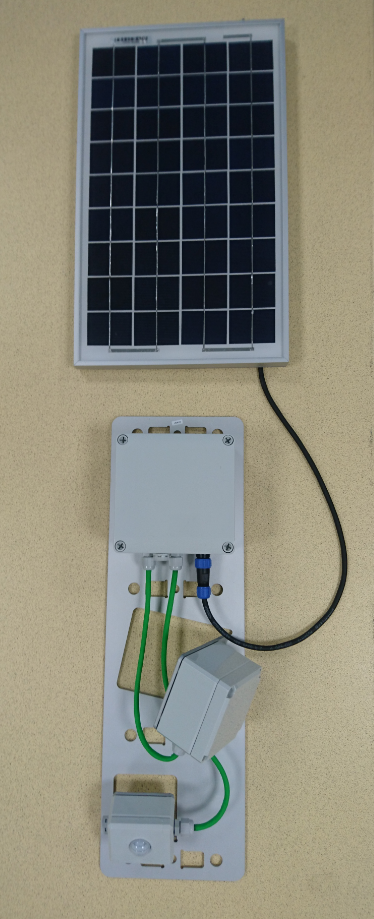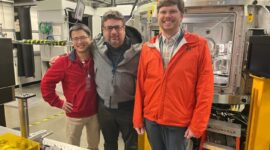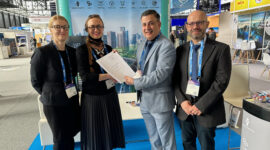SMENETE2 project is a collaboration project between two partners: Tallinn University of Technology (TalTech) and the Estonian SME Thinnect. It is an applied research project where TalTech scientists are helping business enterprice Thinnect to become more competitive in the Smart Environments market.
Research team leader and early stage researcher at the School of Information Technologies, Tallinn University of Technology, Jaanus Kaugerand, said that the project is about Wireless mesh networking technology for IoT (the Internet of things) solutions.
Kaugerand added that the project has three main goals. The first goal is to evaluate and validate the mesh networking technology developed by the Estonian SME Thinnect. Secondly, to add additional features to the ProWare middleware which is used for the data exchange between the WSN (Wireless Sensor Network) nodes.
“ProWare was originally developed at the Research Laboratory for Proactive Technologies at Tallinn University of Technology under the leadership of Leo Mõtus and now the technology has been licensed to Thinnect for commercial use”, he explained and added that the third goal is to develop an in-situ network and application management capability for individual nodes, which is very important for ensuring the reliable operation of IoT systems for the long-term.

Also, the research group wants to field test all of these features using the test network that will be deployed in the context of the project.
Upcoming Test Network in Tallinn
Kaugerand said that over the past year, they have been working on a range of networking technology and distributed application technology aspects. Some of this work has also resulted in academic papers being accepted for publication in well-respected journals. “While the work conducted in the context of the project has academic merit, it also has real-world applicability, which will be evaluated further during the next phases of the project”, he said and added that they are currently finishing wireless node platform production.
Over the past year, the research group has updated both the hardware and software designs of the individual network nodes. “The nodes with new design, forming the test network, will be deployed to Tallinn city streets during the winter. After that, we can start with in-field testing of all the existing, new and to-be-developed features of the technology”, Kaugerand explained.
Great Future Ahead
The results of the project have very clear applications in many domains. Thinnect technology has already been deployed in more than eight countries on three continents for indoor and outdoor lighting solutions. The results of the project will make the technology applicable in more vertical domains, and will also bring the results of scientific research into the real-time systems of everyday life. Such research has been led by Leo Mõtus over several decades at Tallinn University of Technology, Kaugerand noted.
“For example, the technology is applicable in the domains of Smart City, Smart Buildings and Supply Chain. Thinnect has conducted pilot projects for technology evaluation with companies in Europe, USA and China (e.g., Philips, Panasonic, OTIS elevators, Cree LED, Huawei), who are very much interested in using Thinnect’s technology because of its unique features”, Kaugerand said and added that they expect the results of the project will be used a lot in the future to reach the set goals in the world.
Written by Marii Kangur, Estonian Public Broadcasting radionews reporter
This article was funded by the European Regional Development Fund through Estonian Research Council.
 Back
Back



